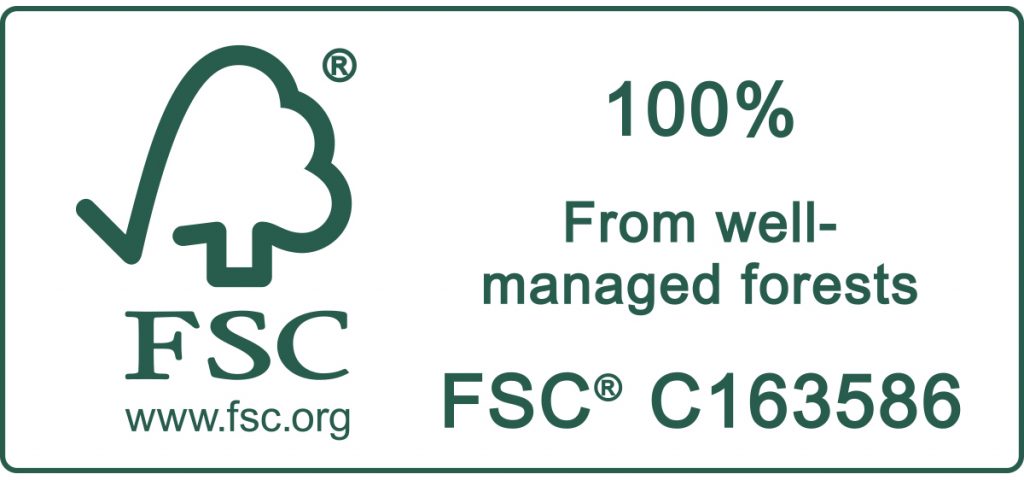In the world of business and legal matters, agreements and contracts play a significant role in ensuring smooth operations and protecting the rights and interests of all parties involved. From mobility agreements to tenancy agreements, each type serves a specific purpose.
One important type of agreement is a mobility agreement. This document outlines the terms and conditions for an employee’s relocation to another location for work purposes. It helps both the employee and the employer understand their rights and responsibilities during the transition period.
Another type of agreement that is commonly used in the academic sector is an enterprise bargaining agreement. Universities often negotiate these agreements with staff unions to establish fair and equitable working conditions, remuneration, and benefits.
For those in the UK looking for a place to rent, a tenancy agreement is a crucial document. This legally binding contract outlines the terms and conditions of the rental agreement between the landlord and the tenant. It ensures both parties understand their rights, obligations, and the duration of the tenancy.
In the construction industry, understanding a SIA building contract is essential. This type of contract is used for construction projects and provides a framework for the roles, responsibilities, and rights of all parties involved in the project.
When entering into a contract, it’s important to consider the duration of the agreement. A 2-year contract, for example, means that the agreement is valid for a period of two years. This can have implications on the rights and obligations of the parties involved.
In the rental sector, the NRLA assured shorthold tenancy agreement is widely used in the UK. It provides a framework for landlords and tenants to agree on the terms of a residential tenancy, including details such as rent, duration, and responsibilities.
One of the most well-known international agreements is the Paris Agreement. This treaty focuses on addressing climate change by setting goals and targets for reducing greenhouse gas emissions. It aims to limit global warming and promote sustainable development.
Contracts also have different principles and requirements. A contract of utmost good faith is one in which both parties are obligated to act honestly and transparently with each other. This principle is often applied in insurance contracts, where the insured and the insurer have a duty to provide accurate and complete information.
Beyond legal and business agreements, there are also lifestyle agreements that people may enter into. These agreements outline the expectations, rules, and responsibilities of individuals in various relationships or cohabitation arrangements. To learn more about lifestyle agreements and their significance, visit this link.
When the time comes, asking for a contract renewal can be a crucial step for individuals and businesses. It allows parties to extend the duration of an existing agreement or negotiate new terms and conditions for continued collaboration.
Understanding the different types of agreements and contracts is essential for navigating various fields and sectors. Whether it’s a mobility agreement, tenancy agreement, or a contract of utmost good faith, these documents provide a framework for transparency, rights, and responsibilities.





